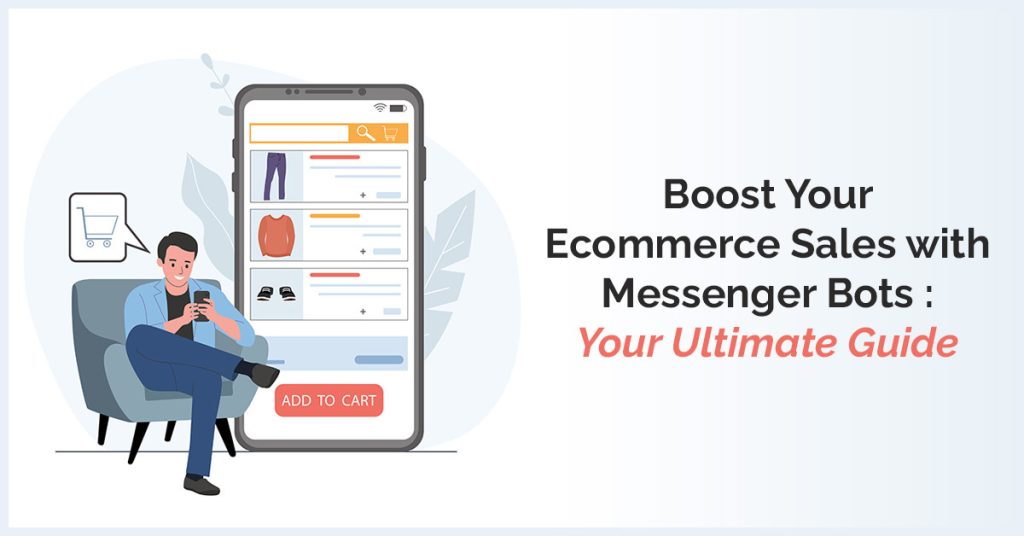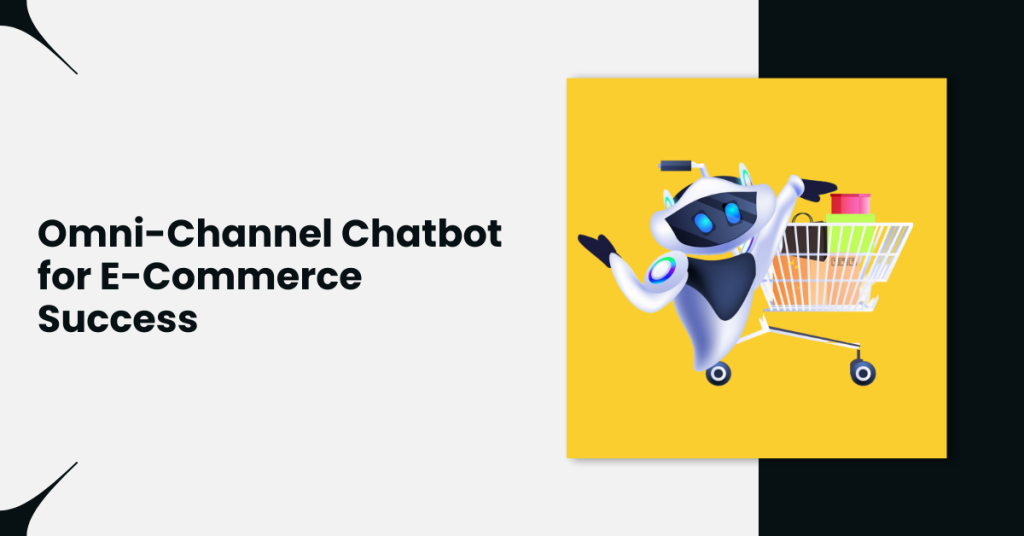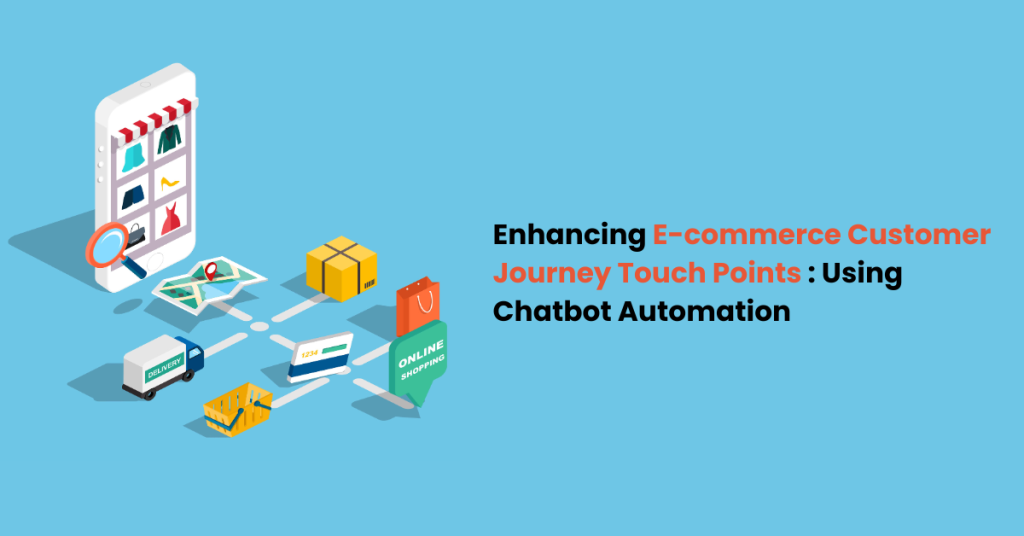- Impact of NDR and RTO on E-commerce Businesses :
- Why does NDR and RTO matter for E-Commerce ?
- The Role of Conversational Journeys in E-Commerce :
- The Impact of Chatbots on E-Commerce Delivery Success Rates :
- Using Botbuz Chatbot to Reduce RTO and NDR in E-Commerce :
- FAQs Related to RTO and NDR :
Impact of NDR and RTO on E-commerce Businesses :
In the world of online shopping, sometimes things don’t go as planned with deliveries. Two common hiccups are NDR (Non-Delivery Report) and RTO (Return to Origin).
An NDR basically means the delivery guy tried to deliver your package, but something went wrong. Maybe you gave the wrong address, weren’t home, or simply refused the order. It’s like a “delivery failed” notification.
If a delivery keeps failing, or if there’s a serious issue, the package ends up being sent all the way back to the seller. That’s RTO. Your order makes a round trip without ever reaching you.
These delivery problems can really hurt online businesses. It costs them more money for shipping and handling, especially with the return trip. Plus, all those undelivered items tie up their stock, preventing them from selling to other customers.
More importantly, when deliveries fail, customers get frustrated and disappointed. This can lead to them not buying from that business again and even telling others about their bad experience.
That’s why it’s super important for online stores to make sure their deliveries go smoothly. One of the best ways to do this is by talking to their customers effectively.
Businesses can avoid many delivery failures and keep customers happy by keeping in touch with customers throughout the process. It confirms the address before shipping, gives updates on order, and lets customers know if there are any problems. Good communication is key to successful deliveries!
Why does NDR and RTO matter for E-Commerce ?
Think of NDR (Non-Delivery Report) as the delivery company saying, “Hey, we couldn’t drop off this package.” It’s a sign that something went wrong during the delivery attempt.
Now, if a package can’t be delivered after trying a few times, or if there’s a serious issue, it gets sent back to the seller. That’s RTO (Return to Origin) – the order makes a full circle without reaching the customer.
Why should online shops worry about this? Well, it hits their wallets. They pay for shipping, and with RTO, they pay again to get it back. Plus, those undelivered items can’t be sold to anyone else, which means lost sales.
There are many reasons why a delivery might fail. Sometimes, you might type your address wrong. Other times, you might not be home when they try to deliver. Or, you might just change your mind and not want the order anymore. Sometimes, the delivery company might not even service your area properly.
These delivery failures don’t just cost money; they also mess up how the business runs. Their teams have to spend time tracking down these problem deliveries and dealing with the returns instead of focusing on getting new orders out.
Worst of all, when deliveries fail, customers get upset. If it happens too often, they might stop buying from that store and even tell their friends about the bad experience. So, dealing with NDR and RTO isn’t just about saving money on shipping . But it’s also about keeping customers happy & the business running smoothly.
The Role of Conversational Journeys in E-Commerce :
Think of conversational journeys like having a helpful chat with an online store instead of just browsing their website. It’s a two-way street where the business talks to you directly, almost like a personal assistant. This can happen through chat boxes on websites, messaging apps, or even voice assistants.
Conversational commerce is when you use these chats to actually buy and sell things online. It’s not just about looking at products; it’s about having a conversation that leads to a purchase. This makes shopping feel more personal and helps the store understand exactly what you need.
This chatty way of shopping makes customers feel more connected to the brand. They can ask questions easily and get quick answers, which makes them happier. Plus, when it comes to getting your order delivered, these conversations can really help things go smoothly.
There are a few key stages where these conversations come in handy. Before you buy, they can help you find the right products and answer any questions you have. During delivery, they can keep you updated on where your package is and even let you change delivery times if needed. After you’ve bought something, they can help with things like returns or getting feedback on your experience.
So, these conversational journeys aren’t just about being friendly; they actually help online stores make more sales and get your orders to you without any hiccups. It’s about making the whole shopping experience smoother and more personal.
How Conversational Journeys Reduce NDR and RTO ?
Online chats, or conversational journeys, are really good at cutting down on delivery problems like NDR (Non-Delivery Reports) and RTO (Return to Origin).
First off, think about making sure your address is spot on. When you’re typing in your shipping details, chatbots can act like a quick spell-checker for addresses. They can catch errors or missing bits right away, so the delivery guy doesn’t end up lost, which is a big reason for failed deliveries.
Then, there’s the power of keeping you in the loop. Online stores can use chatbots and messaging apps to send you automatic updates about your order. You’ll know when it ships, where it is, and when it’s likely to arrive. This way, you’re more prepared and less likely to miss the delivery, which can cause confusion and NDR.
What happens if you can’t be home? Some smart chatbots let you take control of your delivery. You might be able to reschedule it for a better time or even give instructions like leaving it with a neighbor. This flexibility can stop a failed delivery in its tracks and prevent an RTO.
Even when a return is unavoidable, conversational tools can make it less of a headache. They can guide you through the return steps and often automate things like creating return labels. This smooth process can improve how you feel about the whole experience, even if the delivery didn’t work out perfectly.
And if a delivery does fail for some reason, chatbots can jump in quickly to find a solution. They can ask you what happened and offer options like trying to deliver again or sending your package to a nearby pickup point. This fast action can often prevent the package from being sent all the way back to the seller (RTO).
So, these conversational journeys aren’t just about being friendly online. They’re actually really effective at making sure your orders get to you correctly and smoothly. By double-checking details, keeping you informed, giving you control, and offering quick help when things go wrong, they significantly reduce those frustrating NDR and RTO issues for both you and the online store.
The Impact of Chatbots on E-Commerce Delivery Success Rates :
Think of chatbots as super helpful assistants for online shopping deliveries. They’re always online, so if you have a question about your package or a problem, you can get help right away, any time of day. This quick support can stop small delivery issues from becoming big headaches.
Because chatbots can give you updates on your order and explain any delays clearly, they help build trust. You feel like you know what’s going on and that the online store is reliable. This honest communication makes you more likely to be understanding if there’s a minor hiccup.
Dealing with delivery problems can be really frustrating. But chatbots can make it easier to get information and solve issues quickly. Being able to track your order, change the delivery time, or get fast answers through a chat puts you in control. This can make a big difference in how happy you are with your overall shopping experience.
Using Botbuz Chatbot to Reduce RTO and NDR in E-Commerce :
Using Botbuz, a chatbot platform, to fix those annoying delivery problems – NDR (when a package can’t be delivered) and RTO (when it gets sent back).
First up, Botbuz can help make sure the address is right from the start. It can double-check the address as the customer types it in and ask them to confirm it. This way, fewer packages end up going to the wrong place.
Next, Botbuz can keep your customers updated about their delivery. It can send messages through WhatsApp, SMS, or even on your website with tracking links and estimated arrival times. This keeps everyone in the loop and reduces confusion.
If a delivery attempt fails, Botbuz can step in and let customers reschedule or give new delivery instructions right through the chat. This can often prevent the package from being sent back to you.
Even for returns, Botbuz can make things easier. It can guide customers through the process, collect the info you need, and even help them get a return label.
And if a delivery fails completely, Botbuz can help find a solution quickly. It might offer the customer a chance to pick up the package somewhere nearby or try to deliver it again soon. This can save the sale and avoid an RTO.
Using Botbuz for all this has some big benefits. It means customers get help instantly whenever they have a delivery question or issue. It also builds trust because you’re keeping them informed. And overall, it makes customers happier because their deliveries are smoother and any problems are dealt with quickly.
To make Botbuz work for you, you need to connect it to your online store and delivery systems. Then, you set up the chat flows for all these different situations – checking addresses, sending updates, handling rescheduling, and dealing with failed deliveries. You’ll also need to teach Botbuz how to answer common questions. By doing all this, you can really cut down on those delivery headaches and keep your customers smiling.
Conclusion :
In conclusion, tackling Non-Delivery Reports (NDR) and Return to Origin (RTO) is no longer just an operational necessity for e-commerce businesses; it’s a strategic imperative for profitability, customer loyalty, and long-term success. The costs associated with failed deliveries extend far beyond mere shipping fees, impacting inventory management, operational efficiency, and, most critically, the customer experience.
The emergence of sophisticated conversational technologies, particularly chatbots like Botbuz, offers a powerful arsenal in this ongoing battle against delivery failures. By proactively engaging with customers throughout their journey – from verifying addresses before dispatch to providing real-time delivery updates and offering immediate solutions for delivery exceptions – chatbots are transforming how e-commerce businesses interact with their customers during this crucial phase.
The benefits are multifold: reduced instances of incorrect addresses, minimized delivery confusion, increased customer control over delivery schedules, streamlined returns processes, and swift resolution of failed delivery attempts. Ultimately, this translates into tangible results: lower NDR and RTO rates, reduced operational costs, enhanced customer trust through transparent communication, and a significant boost in overall customer satisfaction.
Embracing conversational journeys powered by chatbots is not just about implementing a trendy technology; it’s about adopting a customer-centric approach to logistics. By prioritizing clear, proactive, and responsive communication, e-commerce businesses can turn potential delivery frustrations into opportunities for positive engagement, fostering stronger customer relationships and paving the way for sustainable growth in an increasingly competitive landscape.
The future of efficient e-commerce delivery lies in leveraging the power of conversation to connect with customers, anticipate their needs, and ensure their orders arrive smoothly and successfully.
FAQs Related to RTO and NDR :
What’s the difference between RTO and NDR?
Think of it like this: NDR is when the delivery guy tries to drop off your package but can’t, for some reason. RTO is what happens next – if they can’t deliver it after a few tries, it gets sent all the way back to the seller. So, NDR is the “delivery failed” message, and RTO is the “going back home” trip for the package.
How can you stop packages from being returned?
To cut down on RTO, you can make sure you get the right address from the start. Keep your customers updated on their delivery so they know when to expect it. Give them a way to change the delivery time if they need to. And talk to them if there’s a problem to try and sort it out before the package has to go back.
Can chatbots help with delivery problems?
Absolutely! Chatbots can double-check addresses when people order. They can send automatic updates about where the package is. They can even let customers reschedule deliveries or tell you about any issues. This helps fix problems early and stops packages from being returned.
Why do packages get sent back?
There are a few common reasons. Sometimes, the address is wrong. Maybe the customer wasn’t home to receive it. Or, they might have changed their mind and didn’t want it. For cash-on-delivery orders, they might not have had the money. Also, sometimes the delivery company doesn’t deliver to that area.
How do you use chatbots with your delivery system?
To use chatbots to reduce returns, you need to connect them to your online store and the systems your delivery companies use. Then, you can set up the chatbot to do things like check addresses, send updates, and handle rescheduling automatically, based on the information from your delivery system. If the chatbot can’t solve a problem, it can always hand it over to a real person.




